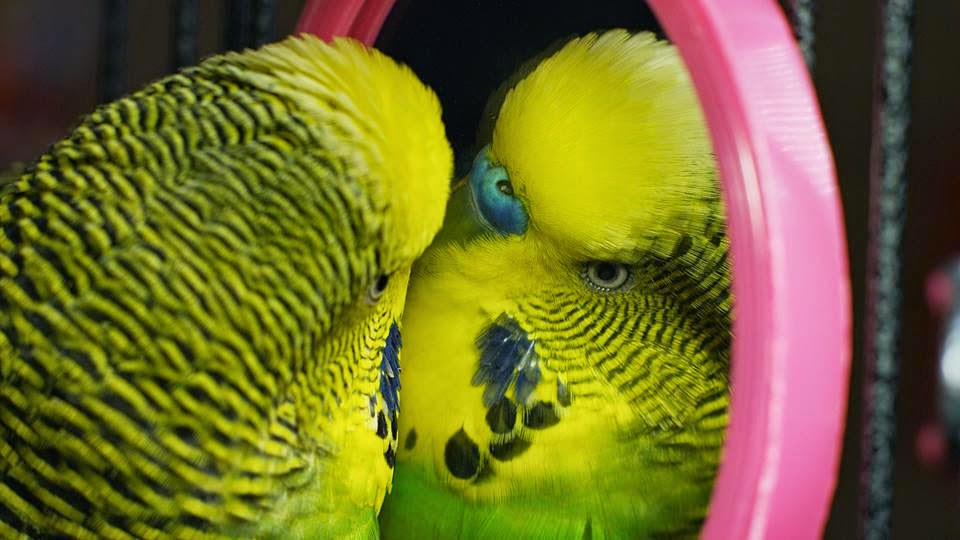Pets Wild At Heart is a new two part documentary, which begins on Wednesday 21st January at 9pm on BBC One and sees David Tennant team up with the award winning media company John Downer Productions once again. Previous collaborations between the two have included, Penguins: Spy In The Huddle, Dolphins: Spy In The Pod and Earthflight.
This latest venture - narrated once more by David - sees the latest filming technologies used to reveal some of the fascinating behavior behind our much loved pets.
Meet the stars of the show:
Cats
Ten Thousand years ago cats moved in alongside the first farmers and today they still hone the skills that made them the perfect pest controllers.
Producer Phil Dalton says:
"We give our cats huge amounts of protein rich pet food but they still continue to instinctively hunt. With domestic cats it's all about play - and the thrill of the chase. Most of the time as soon as they see the prey is dead, the cat will walk away rather than eat it like in the wild."
Dogs
Unlike wolves, domestic dogs often socialise with different breeds and have formed their own social etiquette to tackle this.
"The 'play bow' - bowing the head to each other - allows them to express an interest to play without aggression. We filmed a tiny Boston Terrier and a Great Dane playing happily together in a New York dog park" says Phil.
Puppies
Like wild wolf cubs, the domestic puppy instinctively reheares the rules of dominance and submission. By seven weeks it's armed with 28 needle-sharp teeth, and nipping and biting helps prepare it for life as a predator.
"There's not a great deal of difference between them and wild pups, and their behaviour exactly mirrors the dynamics of wolf cubs." says Phil.
Buderigars
These highly social birds live in huge flocks in the wild and mimic one another's calls. As pets, they adopt us as part of the flock and communicate with us in the same way they do each other.
"In New York, we filmed a budgie called Disco who mimics the phrases his owners use around the dinner table, it was wonderful to watch." says Phil.
Goldfish
The goldfish originated from a wild species that developed a sensor down the side of it's dorsal fin to detect fish or other objects.
"We filmed a sequence where a cat touched the side of a fish tank, which cause a shockwave of ripples. It's a great way to visualise how fish feel in their environment." says Phil.
Hamsters
Hamsters are shy burrowing creatures that forage for food in the dark or dusk. Originating in the deserts of Syria, they travel up to six miles a day to find food.
"The golden hamster has evolved these wonderful cheek pouches that extend all the way to it's hips. It's unbelievable how much the can ram in there! They're hoarders; no matter how much food you provide you'll never change that!" says Phil.
Rabbits
Rabbits are hunted by foxes and other predators in the wild. Give them space and they'll play at defensive manoeuvres like leaping and burrowing.
"We provide our bunnies with hutches and often that's enough to make them feel secure, but if you keep them out in a large pen they'll quickly want to start digging. You have to mindful that they are a prey species. All their senses are finely tuned to any signs of predators and their ears are constantly listening for potential dangers"
Pets Wild At Heart starts Wednesday 21st January at 9pm on BBC One







Comments
Post a Comment